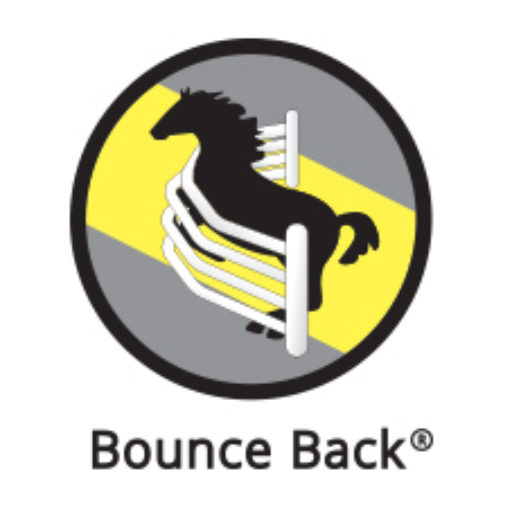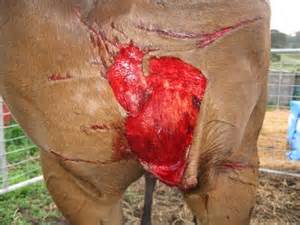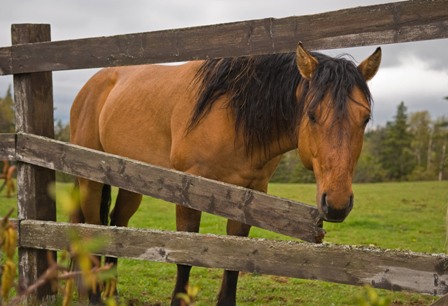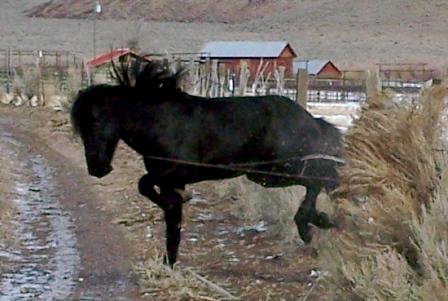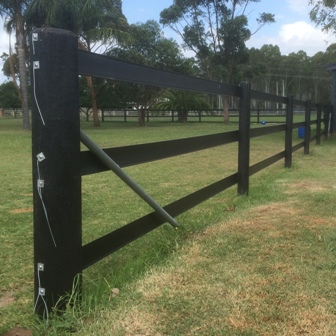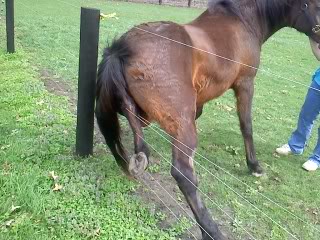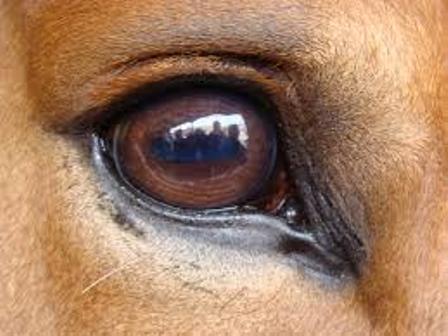What to do in the event of a horse injury?
A horse injury is something none of us want to think about. But what do you need to do if your horse has an injury? What supplies are need to treat the basic types of horse injury?
Here are some basic points i have gleaned from leading veterinary articles. I am by no means a vet or expert but these seem to be some good thoughts for being prepared. They are by no means exclusive but a good place to start.
Horse Injury – 6 points on what to do
1. If the wound is deep or bleeding, or you are unsure about how to handle the situation, call your veterinarian immediately. Most wounds to the lower limb, unless they are very superficial, require some extent of veterinary treatment. First thing first: if the wound is actively bleeding apply pressure with a clean towel or bandage.
2. If is possible for your horse to walk, get them into the cleanest, driest environment you have available even if this is just to higher ground out of the dirt and mud. This just helps keep the wound from becoming more contaminated than it already is and it makes treating the wound easier.
3. If the wound is contaminated with mud, sand, shavings, etc. you may gently hose around the wound to help remove the debris,however don’t spray water directly into the wound. High pressure on the tissue may be damaging.
4. DO NOT put any ointments, powders, sprays or other over the counter products on the wound without being told to do so. While it might seem like a good idea many products contain ingredients that are harmful to tissue and the wound CANNOT be sutured once these have been applied. The product label may claim to help healing when in fact many of these products can be caustic to the wound causing a delayed healing time.
5. DO NOT give any sedation, antibiotic, anti-inflammatory or other medication prior to the veterinarian arriving. Many medications may lower blood pressure which could cause the horse to collapse if it is bleeding and complicate anesthesia if it becomes necessary. Some medications make infections worse.
6. You may cover the wound with a clean non-stick, absorbent cotton with Vetwrap or a standing wrap until the vet arrives to assess the wound.
Obviously it will be key to have emergency numbers at hand, and your vets number would top this list.
A few things you should have on hand or in a first aid kit:
- A non-stick, absorbent cotton wrap such as combine, a baby diaper, or even quilts/no-bows would work.
- Vetwrap or a standing wrap
- Gauze sponges
- Non-stick gauze pads.
Further Reading/acknowledgement
- http://www.equineservices.com/newsletter_archive.php?sent_id=37
- Horrible images like this, should at-least remind us that horses need their tetanus shots. See either of the following links for guidelines on tetanus shots, Murray Bridge Vet or Department of Primary Industries.
Disclaimer
The information provided is a suggestion only. This information is general only and it is up to the individual to ensure they use the correct fencing method suitable to their situation. Acacia Products will not assume responsibility for design choice by the installer. If unsure it is recommended that the owner of the property seek further advice through an approved Fencing Contractor. The views described in this article are of the individual and not the company. Always seek specific advice and consider you application carefully.
